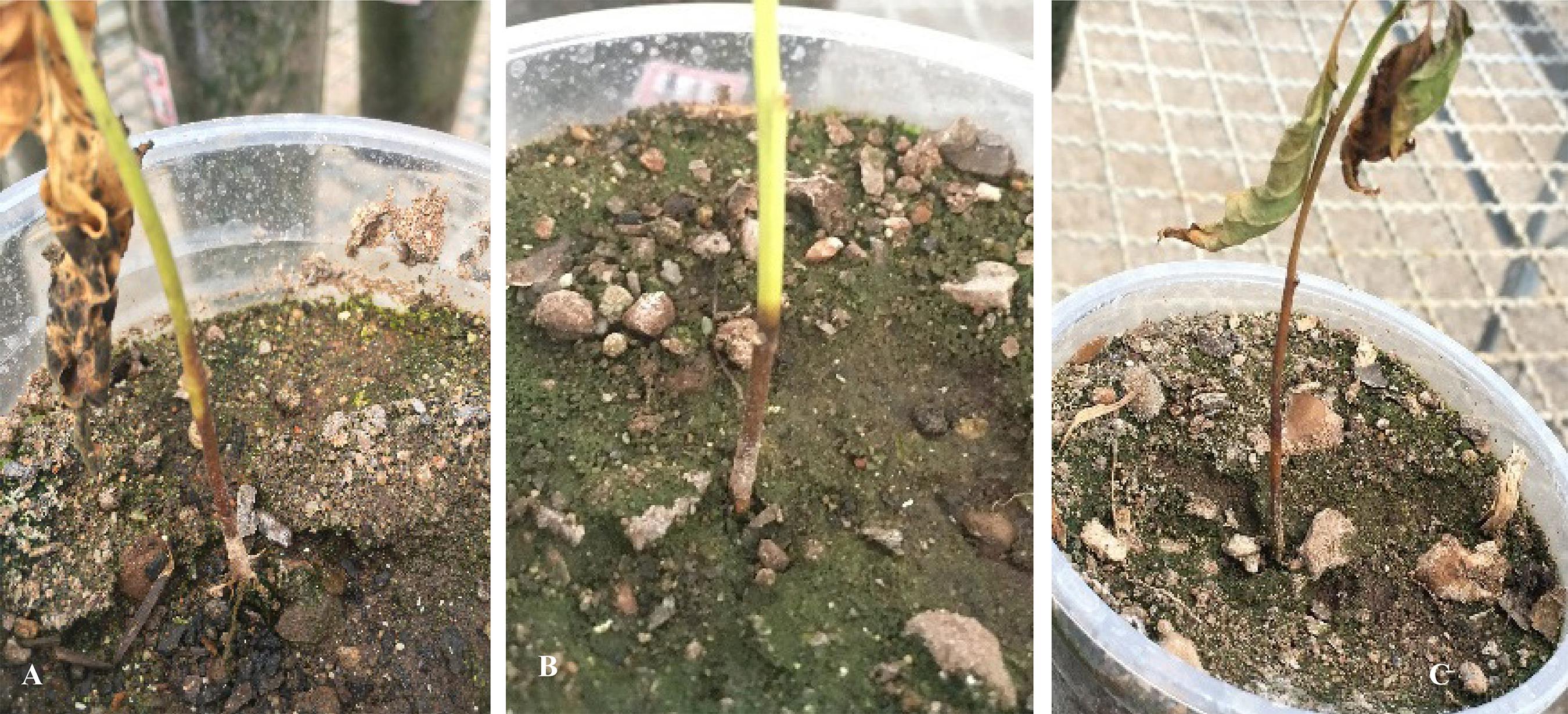ABSTRACT
The genus Capsicum belongs to the family Solanaceae, was originated in the South America and has been cultivated all over the world. Capsicum peppers are affected by several diseases. Among these diseases is collar rot, caused by the fungus Fusarium solani. The present study was conducted with the aim of identifying, in the Capsicum collection constituted of 18 accessions, sources of resistance to the pathogen F. solani. The experiment was conducted in a greenhouse, in a randomized block design with 18 treatments, 3 blocks and 3 plants per experimental unit. For inoculation, 51-day-old plants were used. The adopted methodology was root immersion with thinning in a conidial suspension of 1x106 conidia / ml for the period of 24 hours and transplantation in commercial substrate. The scores were transformed by using McKinney’s index to calculate the area under the disease progress curve (AUDPC). The data were subjected to analysis of variance and means were grouped according to Scott-Knott test and graphic dispersion. Accessions resistant to the pathogen were: UNEMAT - 115 (C. frutescens) and UNEMAT - 173 (C.chinense). Accessions that presented greater susceptibility to the pathogen were: UNEMAT-134 (C. baccatum var. Pendulum) and UNEMAT-140 (C. frutescens). We can conclude that there is genetic variability in the collection regarding resistance to the pathogen and that the methodology of dipping was effective in discriminating between resistance / susceptibility of Capsicum spp. to the pathogen.
Keywords
resistance; inoculation; root immersion; disease





